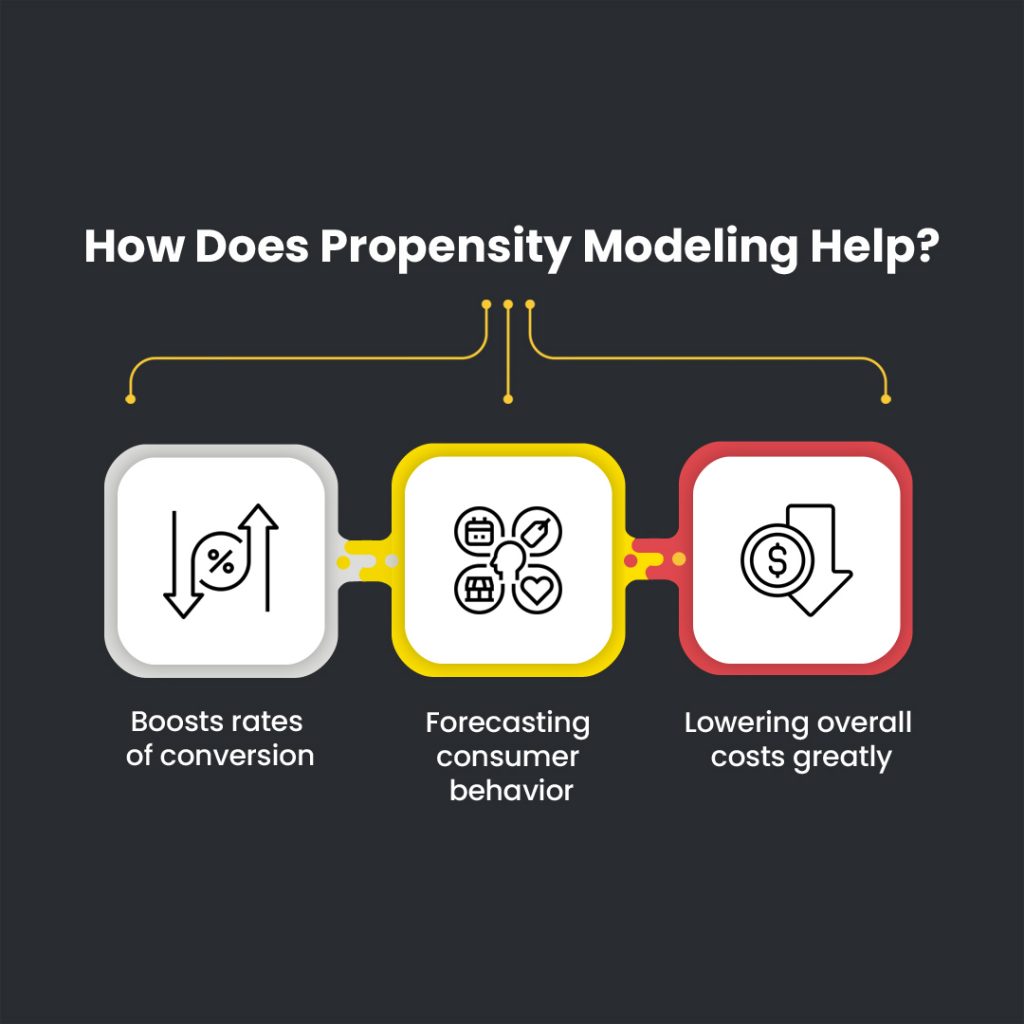
Scaling up marketing ROI is a key priority for businesses today, particularly with growing competition in the global marketplace and the need to implement systems for productive consumer engagement, retention, and the need for enhanced marketing relevance.
Customer segmentation and propensity modeling can be crucial tools for boosting marketing ROI (return on investment) according to industry patterns today.
Customer segmentation is a process of subdividing customers into categories or groups of people who have similarities based on interests, age, gender, spending behavior, and so on.
Hence, categories can be behavioral, demographic, or geographic in nature.
The importance of customer segmentation lies in ensuring superior returns or optimal results with more effective marketing spending.
Businesses will develop specific marketing blueprints for varying categories while optimizing the same on the basis of available data.
Eventually, it will reduce overall marketing costs, while enhancing retention rates and enabling swifter customer identification at the same time.
Customer segmentation using machine learning is another key innovation today. Machine learning helps create groups and customer clusters on the basis of available customer data, scanning through every individual consumer and learning the best possible parameters for grouping people together.
This enables even better differentiation and targeted marketing campaigns.
Machine learning will help you segment customers based on their stages in the sales lifecycle while segmenting at-risk customers, newer customers, and long-term ones as well.
It can also help segment customers based on their most-purchased services and products and also by their spending amounts. Geographical segmentation is also possible, along with segmentation on the basis of customer engagement levels.
What is a propensity model? This is a mathematical model that is applied for historical information/data in a bid to attempt to forecast any specific behavior or action.
A propensity model enables quicker and better identification of customers who are more likely to take action, including participating in a survey, accepting any offer, purchasing a product or service, signing up for something, and so on.
The importance of propensity model data is unparalleled in this case.
Most propensity modeling techniques take marketing strategies well beyond the technique of customer segmentation.
Wherever customers are segmented on the basis of similar and shared attributes, propensity modeling will concentrate on their likely actions or behavioral attributes.
Segmentation is all about gaining consumer behavior insights, while propensity modeling enables better forecasting while enabling companies to target or reach out to customers with personalized and relevant experiences or options, on the basis of these likely actions or behaviors.
There are many techniques, right from propensity model logistic regression to others.

These two techniques can greatly enable higher marketing ROI and more effective spending on campaigns while enabling improved personalization at the same time.
They are increasingly being leveraged by organizations in a rapidly evolving business landscape.